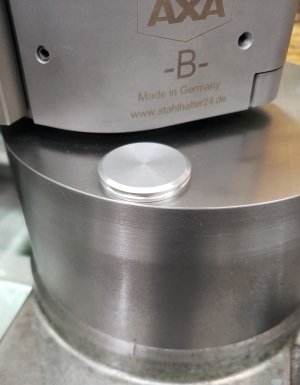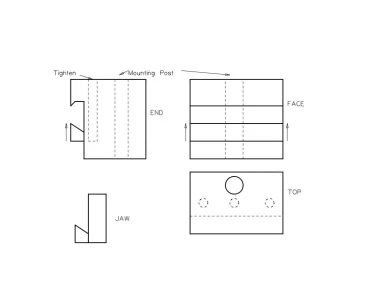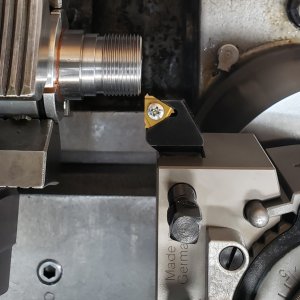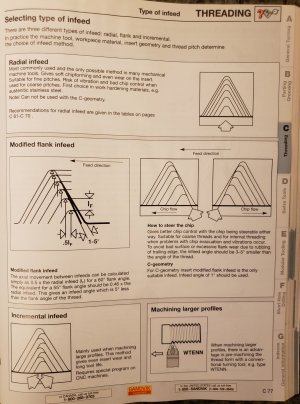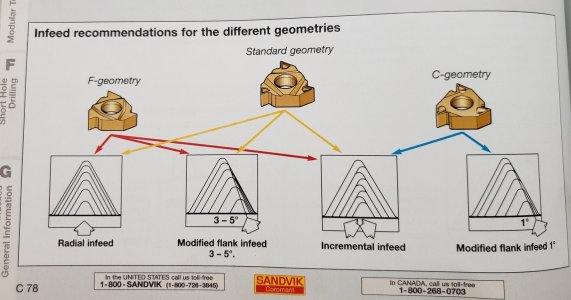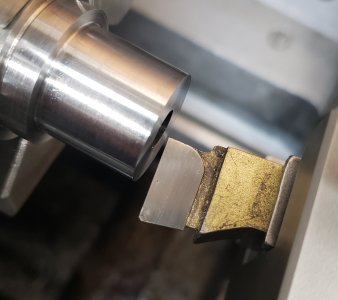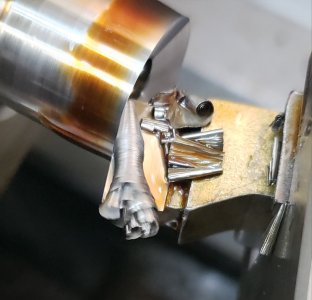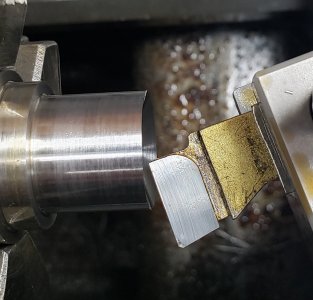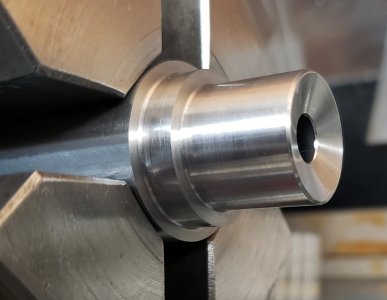What is the part number at MMC?
McMaster-Carr
McMaster-Carr is the complete source for your plant with over 595,000 products. 98% of products ordered ship from stock and deliver same or next day.
If you go to that link above, they have a whole wack of sizes. They offer cast iron in gray cast as well as ductile, but I'm pretty sure that grey cast has better dampening properties. I got the 8"D x 3.25" thick grey cast iron.

